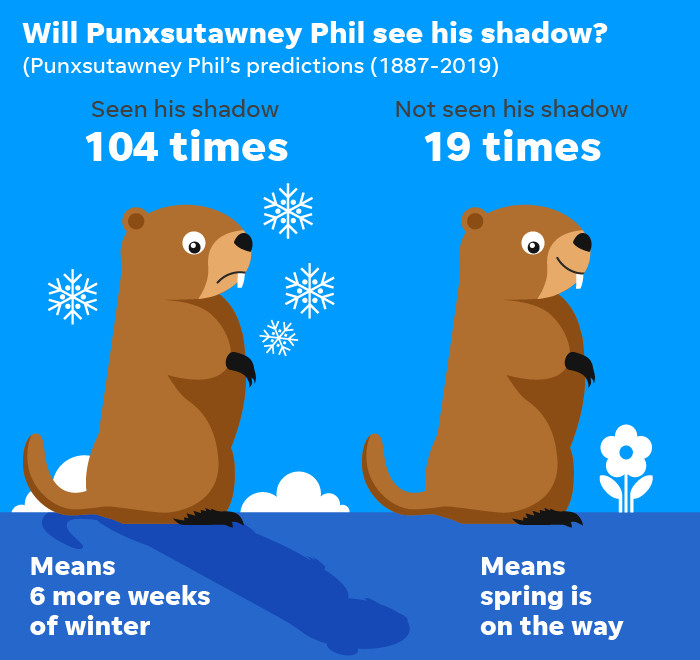Does pandemic living feel like an endless loop of uncertainty and loss? Many can relate to the feeling that Shari Lewis’s puppet, Charley Horse, is constantly nearby, singing the infamous line: “This is the song that doesn’t end, yes, it goes on and on, my friend.” While comparing the pandemic to an incessantly repetitive children’s song might seem reductive, it captures the tiresome reality of a loop that feels like it has no end. For many, it’s day number who-knows-what of social distancing, and the desire for it all to simply be over is overwhelming.
This sentiment of pandemic weariness is widely shared. Recently, a conversation with Rev. Lindsay Geist, the Church Transition & Clinical Resource Specialist for the Conference, highlighted these very concerns. Seeking her insights into what clergy and laity across the Annual Conference were experiencing as they navigated the prolonged effects of the pandemic, it became clear that a shared feeling of exhaustion and being stuck was prevalent. Rev. Geist had even addressed these concerns in her Wellbeing Wednesday blog, articulating the struggles faced by both pastors and church members in the absence of regular in-person worship. Together, we identified several key issues that contribute to this pervasive feeling of pandemic fatigue:
- The disruption of established routines.
- A longing for pre-pandemic life.
- The desire for a return to normalcy.
- The profound absence of social gatherings.
These points resonate deeply with many within congregations. Rev. Geist aptly describes this experience as the “ambiguous loss” of the pandemic era. It’s a crucial acknowledgement: we are living in an unfamiliar and uncomfortable space, and human nature resists prolonged discomfort. However, recognizing this ambiguous loss is challenging when we are immersed in the emotional thick of it. The more pressing question becomes: how can we constructively frame these losses to discover new meaning as we eventually emerge from this pandemic?
 A person sits hunched over, seemingly trapped in a swirling, endless loop, symbolizing the feeling of ambiguous loss and pandemic fatigue, echoing the sentiment of 'this is the song that never ends'.
A person sits hunched over, seemingly trapped in a swirling, endless loop, symbolizing the feeling of ambiguous loss and pandemic fatigue, echoing the sentiment of 'this is the song that never ends'.
Groundhog Day, with its cyclical nature, provides a fitting metaphor for this feeling of endless repetition. Like Punxsutawney Phil, who on February 2nd predicted six more weeks of winter, we might feel trapped in a repetitive cycle. The movie “Groundhog Day,” starring Bill Murray as the cynical TV meteorologist Phil Connors, further illustrates this point. Connors, begrudgingly covering the Groundhog Day festivities in Punxsutawney, Pennsylvania, finds himself reliving the same day repeatedly.
Much like Charley Horse’s unending song, Phil Connors is caught in an infinite loop. He is acutely aware of the day’s repetition, while everyone else remains oblivious, stuck in their pre-programmed routines of February 2nd. Initially, Phil descends into despair as the loop continues. In a moment of utter desperation, he even kidnaps Punxsutawney Phil, and in a dramatic escape attempt, drives off a cliff, seemingly ending both their lives. Yet, the next loop begins, unchanged, leaving him back at the start of February 2nd.
This “Groundhog Day” scenario, with its seemingly endless repetition, mirrors the experience of many during the pandemic. To his credit, Phil Connors eventually learns to adapt and find meaning within his bizarre predicament. He begins to use the loop for self-improvement and to connect genuinely with others.
Unlike Phil Connors in his initial loops, normalizing this discomfort remains a challenge for many. Humans are creatures of habit, and the disruption of routines, particularly the absence of in-person worship and social interaction, is deeply unsettling. However, just as Phil eventually found a way to navigate his repetitive reality, we too can seek meaning and connection amidst the ongoing pandemic. One powerful tool for this is creating rituals. Rituals, with their repeated actions and symbolic meaning, provide structure and narrative during times of uncertainty. They help us make sense of our experiences, find our place in the larger picture, and cope with challenging circumstances.
Alongside personal practices like exercise and healthy eating, engaging with spiritual rituals can be particularly meaningful. Drawing inspiration from the Psalmist’s lament in exile, “How can I sing the songs of Zion in a strange and foreign land?” we can acknowledge the feelings of displacement and loss. Singing Psalm 137, even with Charley Horse’s song echoing in the background, can be a way to voice our grief and frustration. As we find strength and awareness, we can then move towards singing Psalm 23, a song of hope and comfort. Exploring ambiguous loss rituals can also provide a framework for navigating this uncharted territory and help us find our new song amidst the silence.
As we anticipate the arrival of Spring and, ultimately, the end of the pandemic, the period around Groundhog Day—midway between Winter and Spring—offers a valuable opportunity for introspection and reflection. Perhaps we can use this time to break free from the déjà vu loop, intentionally creating new rituals as we continue to navigate the pandemic. A new song will emerge. Until then, let’s keep singing, keep reflecting, and keep hoping.
On the Journey,

